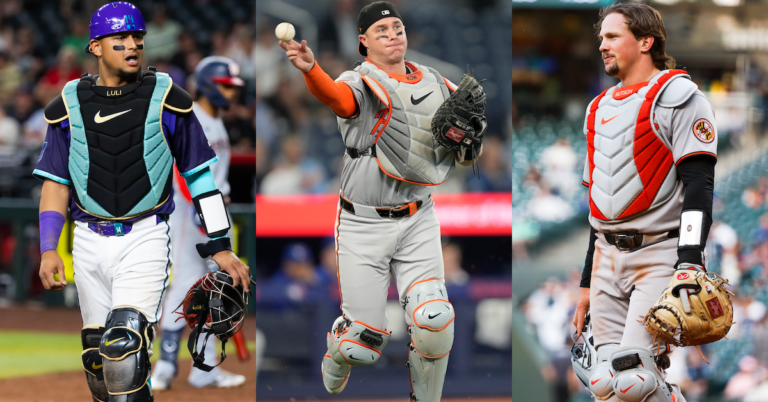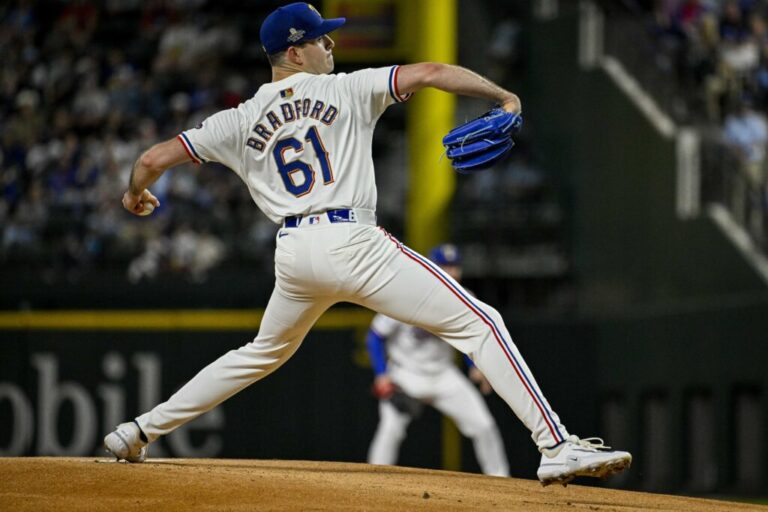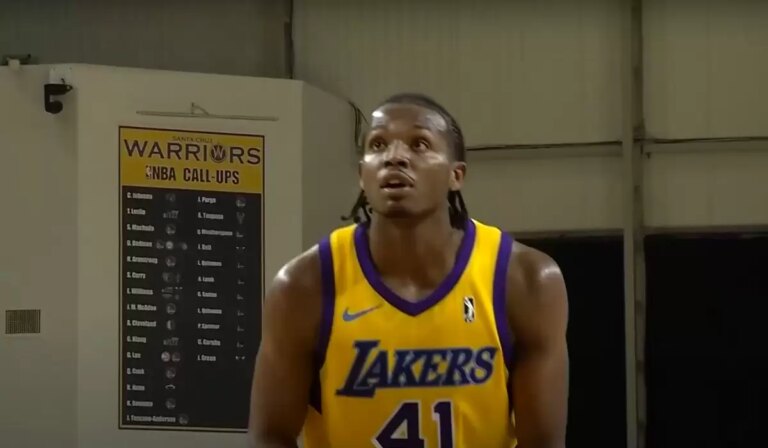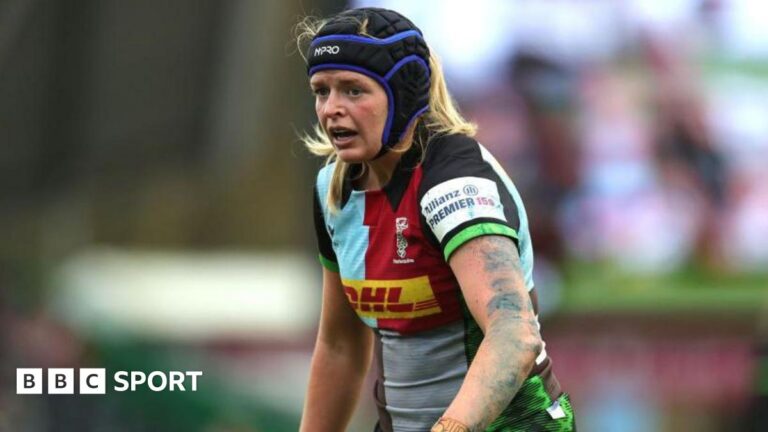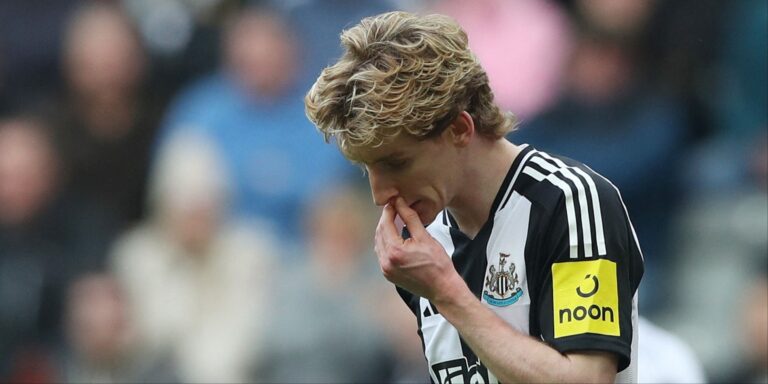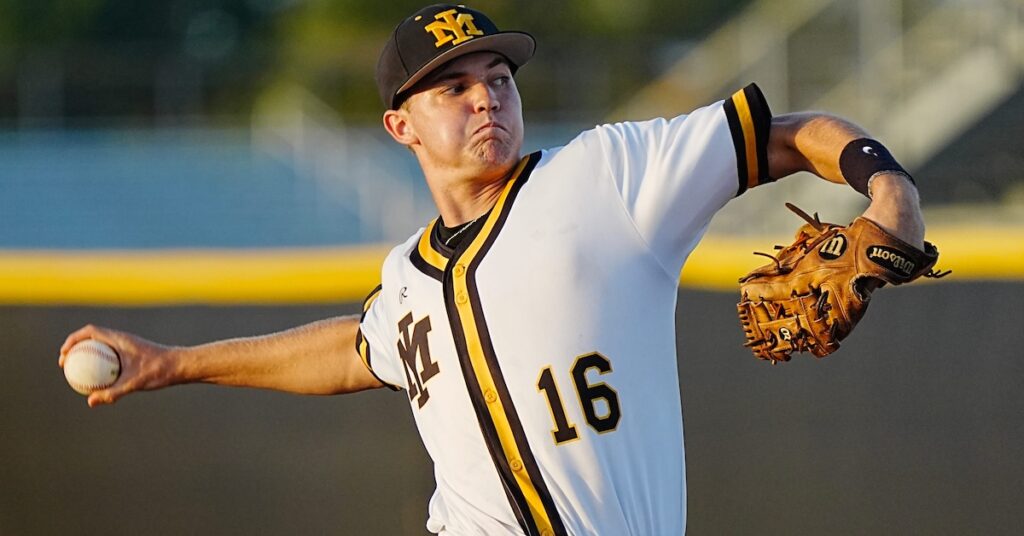
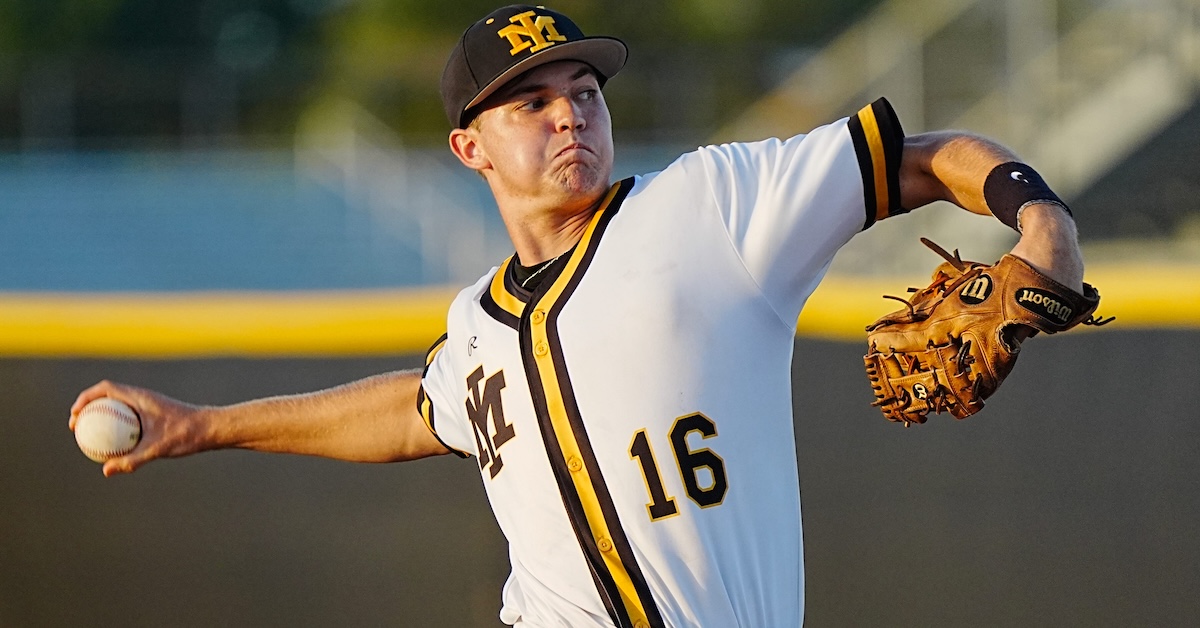
One of my favorite college baseball players of the past 15 years is making his major league debut tonight, and I’d like to tell you a little bit about him, because I think he could become one of your favorite professional baseball players if you give him a shot.
His name is Chase Burns. He was the no. 2 pick in last year’s draft, where he received the joint-highest bonus ($9.25 million) in his class, and the no. 28 prospect in the preseason Top 100. He throws 100 mph without breaking a sweat, with an unholy slider that twists and squirms and changes shape like Medusa’s hair, with a similar effect on hitters. In his last start, Burns punched out seven Scranton/Wilkes-Barre RailRiders in seven innings. Behold.
Not to sound like the most insufferable kind of hipster, but Burns isn’t really my type. When I fall in love with a pitcher, usually it’s for something beyond this kind of flash and power. I love impeccable command, a perfectly spotted backdoor two-seamer, or (bites knuckle so hard a little blood comes out) a changeup that tumbles out of the sky like a stricken pigeon. I love junkballers, quick-pitchers, and above all else pudgy sinkerballers.
If I were to make a list of my 10 favorite college pitchers of the past 20 years (and please, someone remind me to do this during a particularly slow news week this coming winter), you’d find a few white-hot flamethrowers like Burns on it. But for every Paul Skenes, there’d be a Hudson Randall. For every Carlos Rodón, a Thomas Eshelman.
The fact that I like Burns so much is, therefore, a testament to how much juice he’s got.
Last spring, while visiting a friend near Charlottesville, I peeked in on a series between Wake Forest and the University of Virginia. This was supposed to be a great styles-make-fights matchup between a rotation with multiple potential first-rounders on one side and the deepest lineup in college baseball on the other. It wasn’t, for the most part. Both Friday and Sunday’s games ended with both teams in double digits, and in the former game Virginia beat seven shades of you-know-what out of Wake ace Josh Hartle.
When Burns took the mound Saturday afternoon, a lot of the fans expected more of the same. Not so. He touched 100 mph early, and whenever a Cavaliers hitter started to get a bead on the heater, Burns dropped in a slider — either a hard, upper-80s biter or a diving breaker a few ticks slower — to mix things up.
I think you’d get the picture just knowing the numbers: Virginia hit .333/.425/.567 as a team in 2024, scoring more than nine runs a game en route to a berth in the College World Series. Burns allowed just two hits and one earned run in seven innings, striking out 13 batters along the way. He struck out 12 or more batters in his first five ACC starts; this was the second outing of that streak. (Burns struck out 48.8% of his opponents in his draft year, beating Skenes’ mark from the year before by 3.6 percentage points.)
But my lasting memory of that game wasn’t the strikeout total as such; it’s how the UVA fans around me behaved during the game. On very, very rare occasions, an athlete will put in such a dominant performance that an opposing crowd comes to respect him or her. I’m not saying the crowd was rooting for Burns; on the contrary, Virginia lost that game, 9-3, and everyone around me was pretty cheesed off about it.
This kind of game starts with the home crowd knowing or caring little for the opponent. Then, as the game goes on and the strikeouts start piling up, the crowd gets frustrated; “Who the heck does this guy think he is?” and so forth. But after a few more innings, everyone in the park comes to realize they’re actually watching something special, and while the outcome isn’t what they wanted to see, they’re able to appreciate the beauty of what’s unfolding before them.
Very few kinds of athletes can do that. Starting pitchers, hockey goalies, ball-dominant volume scorers in basketball. Maybe some quarterbacks or soccer midfielders. The point is, it’s not just flashes of brilliance, it’s a sustained beacon of brilliance, all the live long day.
Stylistically, Burns is power-power-power, but two additional attributes make him fun to watch. The first is he positively effervesces with energy on the mound.
If you love watching pitchers who know how cool they are, this is your guy. In between 100-mph fastballs, Burns stomps and skips and twirls around like half of Johnny Cueto. After a big strikeout, he’ll… I don’t want to use terminology like “dance” or “pump his fist” because it looks more like he’s being electrocuted.
It’s contagious.
And that plays into his delivery, which is arguably a weakness because it’s so high-effort. I’ll compare Burns to Skenes again here. Watching Skenes pitch is like watching a bear throw a Wiffle ball. He is obviously electrifying to watch, and he’s not above pounding his glove or pirouetting when he’s feeling especially vivacious. But mostly, Skenes makes his job look way easier than it is.
Burns, by contrast, looks much smaller than his listed 6-foot-3, 210-pound dimensions. He’s got spindly, active limbs that blur in motion. His whirlwind throwing motion is so intense it led to concerns among some scouts that he’d end up in the bullpen long-term. But where Skenes is languid and ursine, Burns is pliant and bouncy. He’s a big guy who moves with the explosiveness and fluidity of a little guy.
And what movement it is. After throwing 100 innings for Wake last year, Burns didn’t make his professional debut until this April. And in the space of 13 starts over 11 weeks, he’s stretched out into pitch counts in the high 80s, traversed three minor league levels, and logged 89 strikeouts in 66 innings while holding opponents to a .167/.211/.263 batting line.
Only two of those starts — the last two, at Triple-A — were tracked by Statcast, but what little data there is beggars belief. Burns’ average fastball velocity (97.8 mph) would be the second highest of any qualified starter in the majors, after Skenes. The movement on his four-seamer is somewhere between Hunter Brown’s and Dylan Cease’s. Both of his breaking balls (slider and curve) generated 50% whiff rates in Triple-A.
I don’t know if Burns is fully formed, or if he’s even fully ready for the majors. As high as I am on him as a prospect, I have serious doubts in both respects. What I do know is this: In 13 starts, he learned everything minor league hitters could teach him. Nobody down there can challenge him.
So it’s on to the majors, against the Yankees, no less. Opposing Burns in his first major league start? Rodón, of all people, who has more decisions this season than Burns has professional appearances in his entire life. I can’t wait.

